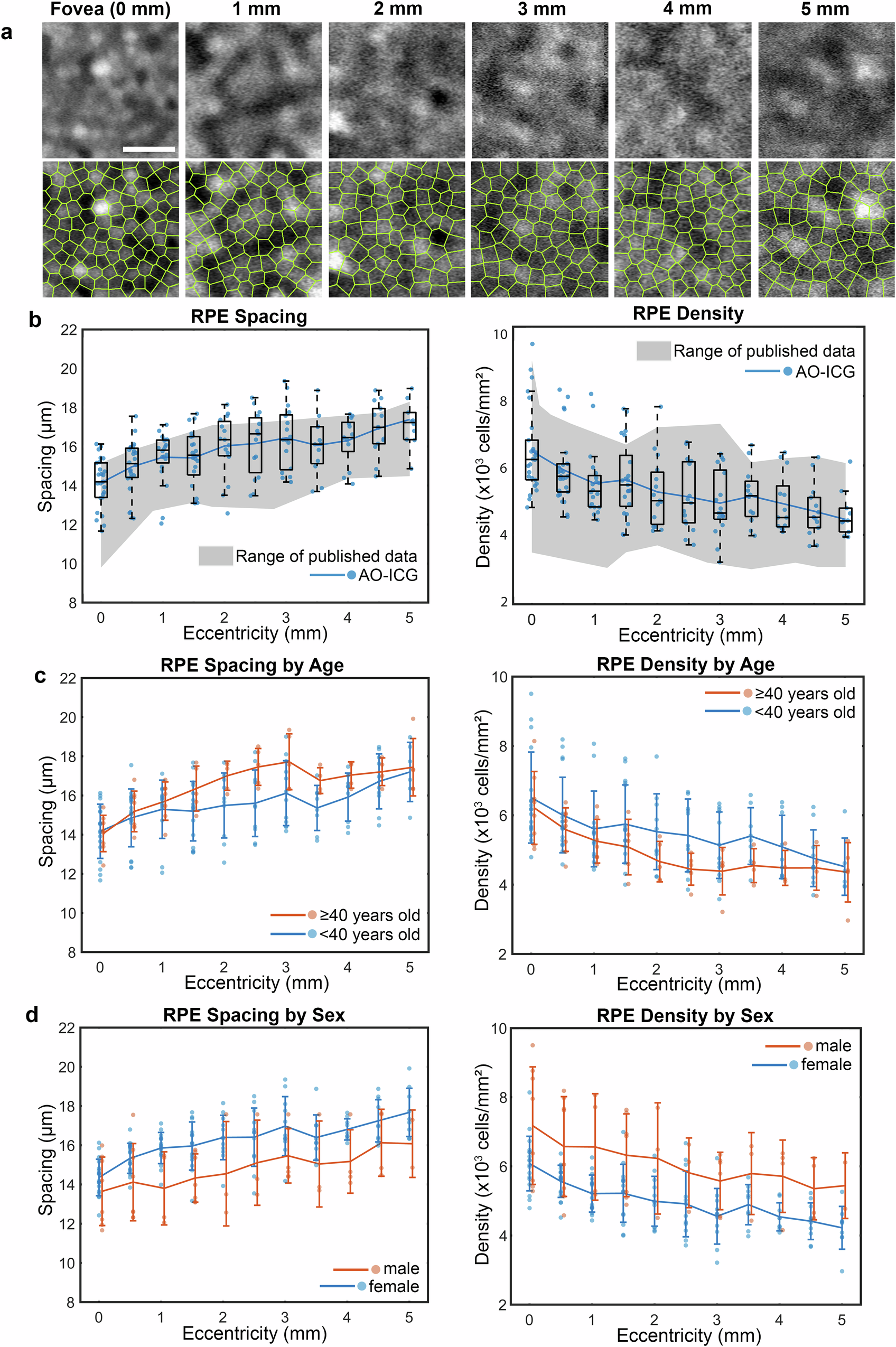2025-04-23 アメリカ国立衛生研究所 (NIH)
<関連情報>
- https://www.nih.gov/news-events/news-releases/nih-researchers-supercharge-ordinary-clinical-device-get-better-look-back-eye
- https://www.nature.com/articles/s43856-025-00803-z
人工知能が支援する臨床蛍光イメージングにより、補償光学眼底鏡検査に匹敵する生体内細胞解像度が達成された Artificial intelligence assisted clinical fluorescence imaging achieves in vivo cellular resolution comparable to adaptive optics ophthalmoscopy
Joanne Li,Jianfei Liu,Vineeta Das,Hong Le,Nancy Aguilera,Andrew J. Bower,John P. Giannini,Rongwen Lu,Sarah Abouassali,Emily Y. Chew,Brian P. Brooks,Wadih M. Zein,Laryssa A. Huryn,Andrei Volkov,Tao Liu & Johnny Tam
Communications Medicine Published:23 April 2025
DOI:https://doi.org/10.1038/s43856-025-00803-z

Abstract
Background
Advancements in biomedical optical imaging have enabled researchers to achieve cellular-level imaging in the living human body. However, research-grade technology is not always widely available in routine clinical practice. In this paper, we incorporated artificial intelligence (AI) with standard clinical imaging to successfully obtain images of the retinal pigment epithelial (RPE) cells in living human eyes.
Methods
Following intravenous injection of indocyanine green (ICG) dye, subjects were imaged by both conventional instruments and adaptive optics (AO) ophthalmoscopy. To improve the visibility of RPE cells in conventional ICG images, we demonstrate both a hardware approach using a custom lens add-on and an AI-based approach using a stratified cycleGAN network.
Results
We observe similar fluorescent mosaic patterns arising from labeled RPE cells on both conventional and AO images, suggesting that cellular-level imaging of RPE may be obtainable using conventional imaging, albeit at lower resolution. Results show that higher resolution ICG RPE images of both healthy and diseased eyes can be obtained from conventional images using AI with a potential 220-fold improvement in time.
Conclusions
The application of using AI as an add-on module for existing instrumentation is an important step towards routine screening and detection of disease at earlier stages.
Plain language summary
Advanced imaging methods that allow single cells to be seen in the living human eyes are not always available to ophthalmologists working in the clinic. We combined artificial intelligence (AI) with standard clinical imaging to visualize cells within the retina, a part of the eye, that are critical for maintaining vision and having healthy eyes. We found the cells could be seen using a commonly used fluorescent dye and standard clinical imaging equipment augmented with AI. The resulting AI images are comparable to those acquired using advanced imaging technology. By making cellular-level information more readily available in routine clinical practice, it may be possible to detect diseases earlier.


